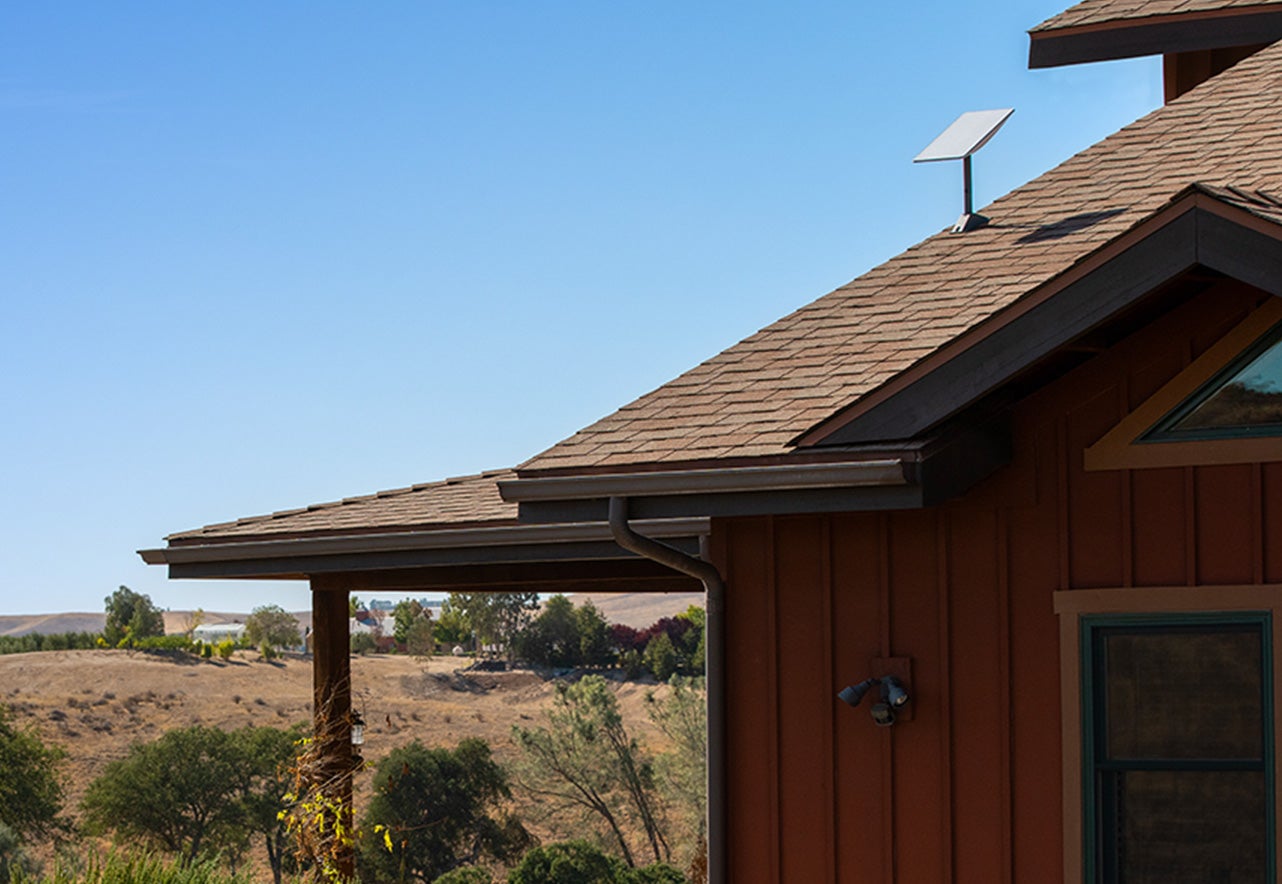Latest News

Starlink on a residential home. Photo: SpaceX
The FCC dismissed SpaceX’s request to use certain mobile satellite services (MSS) spectrum authorized to Globalstar and Dish in the Gen2 Starlink constellation, according to a March 26 FCC order.
In February 2023, SpaceX filed a modification for its Gen2 Starlink constellation application, petitioning to introduce an MSS component that would use 1.6/2.4 GHz bands, 2 GHz bands, and the 2020-2025 MHz Earth-to-space band. Globalstar, which is licensed in the 1.6/2.4 GHz bands; and Dish, which is licensed in the 2 GHz bands, both asked that the application be dismissed.
Under the FCC’s existing “Big LEO” rulemaking, Globalstar and Iridium currently operate within the 1.6/2.4 GHz bands, and each operator has exclusive use of a portion of the spectrum. The two operators share only 0.95 MHz.
According to the FCC, SpaceX argued that circumstances have changed from when the bands were last examined and SpaceX could use strategies including phased arrays and beam scheduling protocols to “coexist” without causing harmful interference to “any modern, capable, and well-designed” satellite system.
The FCC determined it would take a new rulemaking proceeding to determine if there is availability for another code division multiple access (CDMA) MSS system in LEO. Therefore, the 1.6/2.4 GHz bands are not available for licensing an additional NGSO MSS system.
“The carefully rebalanced Big LEO band plan the commission adopted in 2007 does not envision an additional CDMA MSS system, much less a system of 7,500 space stations, operating in this band,” the FCC said.
Separately, Dish, now part of EchoStar Corporation, is the only entity authorized in the 2 GHz bands, and operates the DBSD G-1 satellite and Terrestar T-1 satellite. This spectrum is authorized for MSS and advanced wireless service-4 (AWS) terrestrial use. SpaceX argued that Dish is not currently offering MSS service in these bands. Dish countered that it is building out its wireless system and is meeting build-out requirements.
The FCC concluded that the 2 GHz bands are not available for licensing an additional MSS system and would require new rulemaking to allow it.
“SpaceX’s application was unacceptable when it was filed because the commission is currently not accepting applications for new MSS entrants in the 1.6/2.4 GHz and 2 GHz bands,” the FCC said.
SpaceX submitted a petition asking the FCC to revise its licensing and spectrum sharing framework for “Big LEO” systems in the 1.6/2.4 GHz bands and MSS systems operating in the 2000-2020 MHz (Earth-to-space) and 2180-2200 MHz (space-to-Earth) bands. The FCC put both petitions on public notice and asked for comments by April 25.
In the petition establish new rules in “Big LEO” spectrum, SpaceX asked the FCC to update process round framework and include all three pending applications for MSS systems in the 1.6/2.4 GHz Band— Globalstar, SpaceX, and Kepler Communications—in a single processing round.
“The framework the commission adopted 30 years ago to facilitate multiple-operator sharing in the Band remains frozen in time, conceptualized around the almost entirely defunct MSS systems originally proposed in 1994,” SpaceX argued. “The commission now has the opportunity to modernize the rules for the 1.6/2.4 GHz Band to reflect significant technology developments and new entrants poised to bring renewed competition and consumer value in the satellite market.”
The FCC previously approved SpaceX to deploy a Gen2 Starlink constellation of up to 7,500 satellites for fixed satellite services (FSS) in in the Ku- and Ka-bands. In March, the FCC also authorized SpaceX’s Gen2 Starlink system application for operations using additional frequencies in the E-band.
Get the latest Via Satellite news!
Subscribe Now